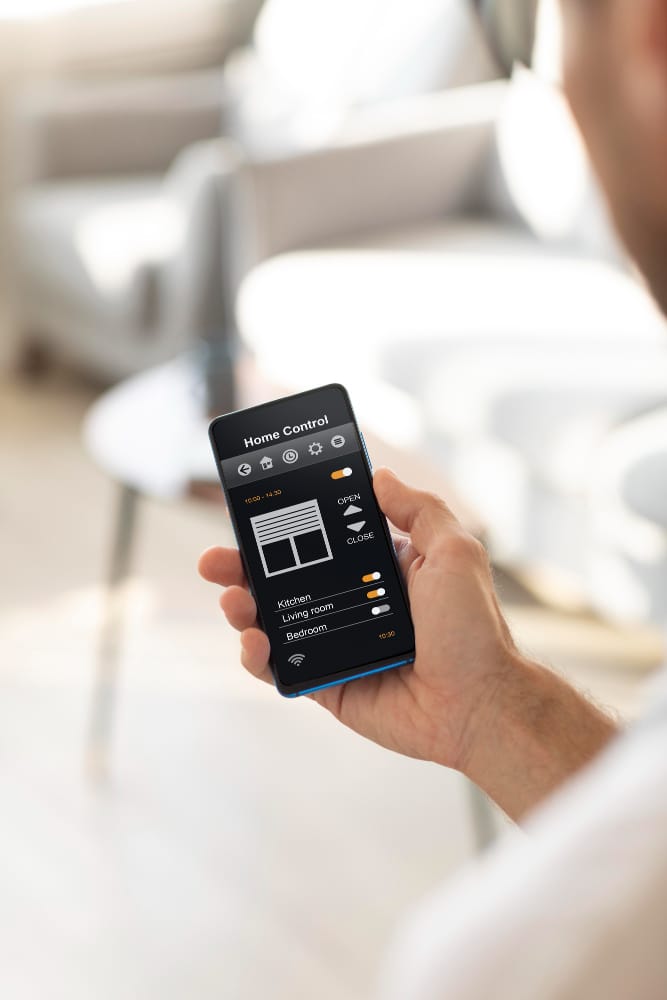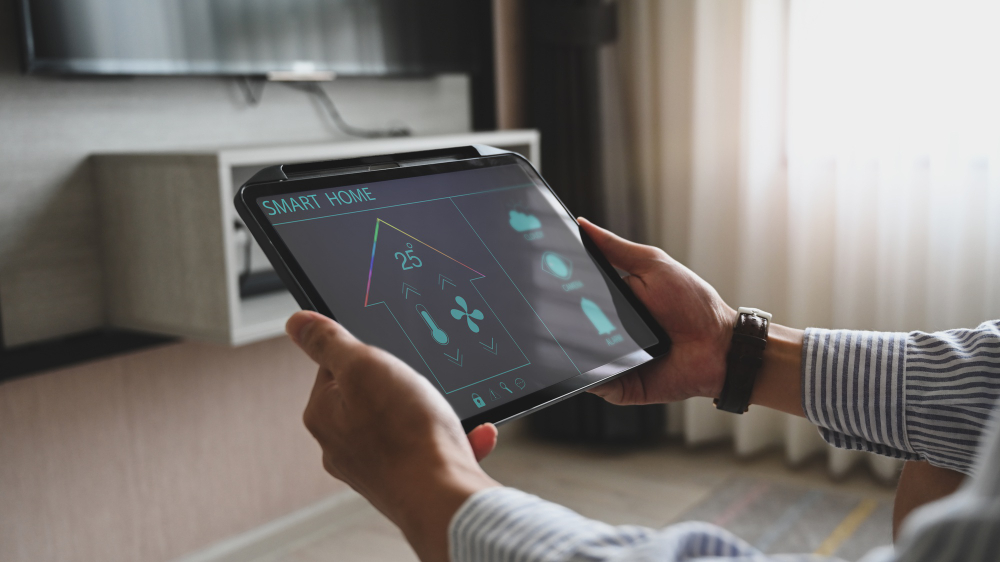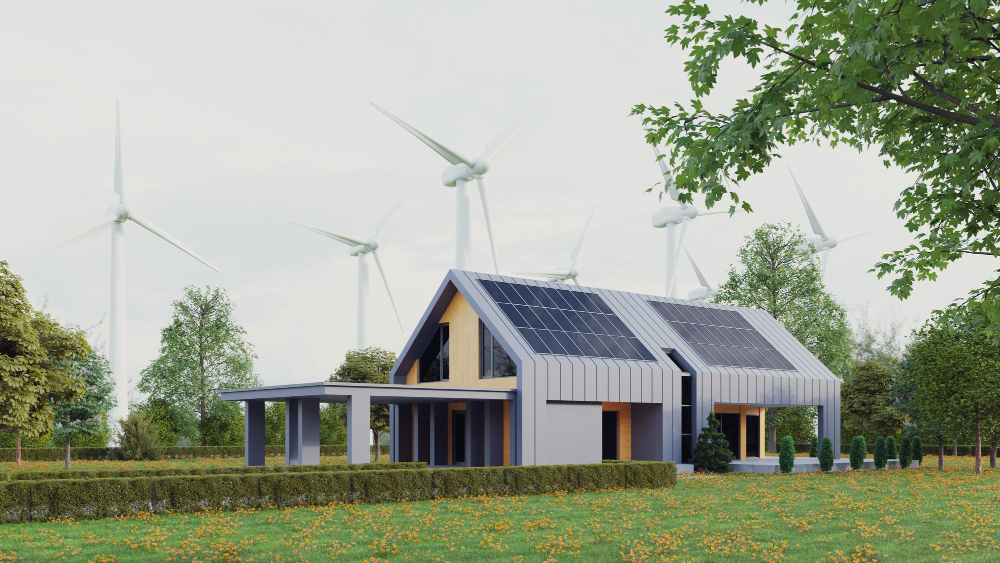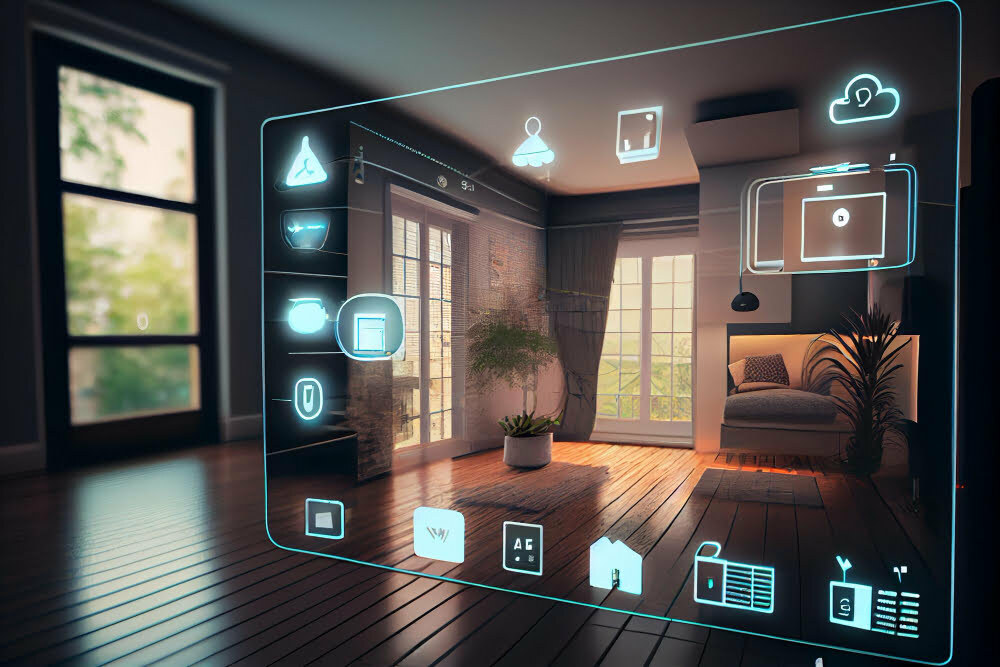Last updated on
In a world where energy efficiency and sustainability are paramount, technological advancements offer us the opportunity to make a significant impact. One such innovation that has gained popularity in recent years is the smart thermostat.
By having an electrician replace traditional programmable thermostats with their intelligent counterparts, homeowners can revolutionize their energy consumption habits while contributing to a more sustainable future.
Energy Efficiency

One of the primary benefits of switching to a smart thermostat is the enhanced energy efficiency it brings to your home. Unlike programmable thermostats that require manual adjustments, smart thermostats utilize advanced algorithms and machine learning capabilities to adapt and optimize temperature settings automatically.
These devices learn from your heating and cooling preferences and adjust accordingly, ensuring that energy is not wasted when you’re away or asleep.
The ability to create customized schedules is another feature that sets smart thermostats apart. With programmable thermostats, you would have to manually set temperature changes for specific times of the day.
However, smart thermostats allow you to create personalized schedules based on your lifestyle, adjusting temperatures according to your daily routine. This proactive approach reduces energy waste by ensuring that your HVAC system operates efficiently when needed and conserves energy when it’s not.
Remote Access and Geofencing

Smart thermostats also offer the convenience of remote access through smartphone apps or web interfaces. This means you can control and monitor your thermostat settings from anywhere, whether you’re at work, traveling, or simply lounging on the couch. With this capability, you can adjust temperatures in real time, ensuring that energy is not wasted unnecessarily.
Geofencing technology takes remote access to the next level. By utilizing your smartphone’s location, smart thermostats can detect when you’re leaving or approaching home. This feature enables your thermostat to automatically adjust the temperature based on your proximity, ensuring a comfortable environment upon arrival while conserving energy when you’re away.
Integration with Other Smart Devices

Smart thermostats seamlessly integrate with other smart home devices, maximizing energy efficiency and sustainability. For example, by connecting your thermostat to occupancy sensors or smart blinds, the system can respond intelligently by adjusting temperature settings or controlling natural light, respectively.
This integration optimizes energy consumption based on occupancy and external factors, further reducing waste and carbon footprint.
Energy Usage Monitoring and Insights

Most smart thermostats provide detailed energy usage reports and insights, allowing homeowners to track their energy consumption patterns. These reports highlight when and how energy is being utilized, empowering users to make informed decisions regarding temperature settings and overall energy consumption.
By gaining visibility into their energy usage, homeowners can identify opportunities for improvement, establish energy-saving goals, and take steps towards a more sustainable lifestyle.
Switching from a programmable thermostat to a smart thermostat represents a significant step towards energy efficiency and sustainability. These intelligent devices adapt to your preferences, optimize temperature settings, offer remote access, integrate with other smart devices, and provide valuable insights into your energy usage.
By embracing smart technology, homeowners not only reduce their carbon footprint but also save on energy costs in the long run. The adoption of smart thermostats is a small change that carries the potential for significant environmental impact, making it an essential choice for a greener and more sustainable future.
Related reading:
Table of Contents





